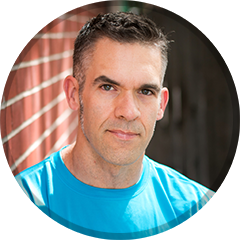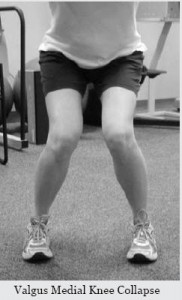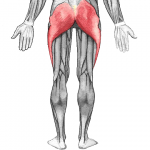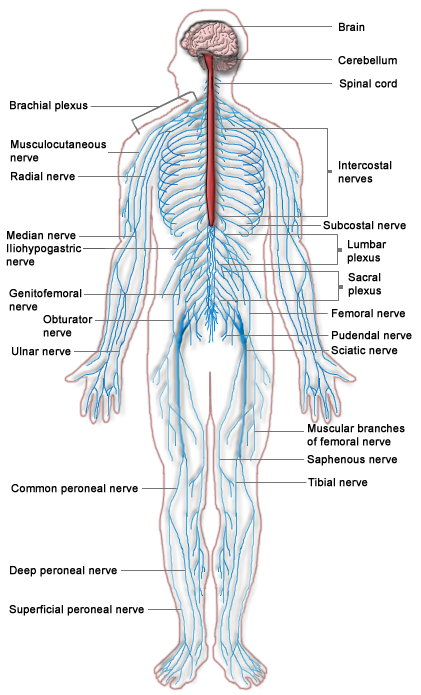“Put most simply, the fewer carbohydrates consumed, the more energy these weight-reduced people expended.”
Gary Taubes, author, Good Calories, Bad Calories
A recent Harvard University study has produced some interesting results as regards various types of eating patterns, calories, and how these all affect weight loss maintenance. The study is discussed in two New York Times articles; one titled What Really Makes Us Fat, the other titled In Dieting, Magic Isn’t a Substitute for Science is a Q&A with a veteran obesity researcher. ABC News also analyzes the study in For Calories, It’s All About Quality Over Quantity, Harvard Study Says.
There are two main points of consideration in this discussion. First, there’s the question, “Are all calories created equal?” Are carb calories the same as fat and protein calories? Are refined sugar calories the same as calories from vegetables or beans? The second question is, “What’s the best way to stay lean once we’ve lost the weight?”
(The country is full of people who’ve lost weight but can’t keep it off. The big secret is this: Any diet will work. If you follow the directions, you’ll very likely lose weight no matter what diet you chose. From paleo, to the Zone Diet, to Weight Watchers to any of the vast number of other diets, if you follow it you’ll probably lose weight. Done and done? No. The most difficult part has just begun. Keeping the weight off is typically very difficult.)
What about the study? Researchers studied 21 overweight and obese adults, starting each on a diet that helped them lose about 12-13% of their body weight. Then, to help them maintain that weight loss, the researchers put the participants on a cycle of three diets, each lasting four weeks.
One diet is of the low-fat/high-carbohydrate variety as advocated by the FDA and the American Heart Association. This diet suggests among other things that we eat a lot of grain products, both refined and unrefined; and that we seek to reduce fat consumption at all opportunities.
The other diet was a high-fat/low-carbohydrate diet similar to the Atkins diet. This is almost the total opposite of the previously mentioned diet. This diet encourages fat and protein consumption and discourages grain consumption–particularly refined grains.
The third diet was based on low-glycemic foods. This diet was sort of in between the other two. Fewer refined grains were found here and more vegetables, beans, fruit and the like. Plus there was less fat and protein than the Atkins-type diet, but more than the low-fat diet.
What were the results? This is from the ABC News article:
The results weren’t good news for low-fat diet aficionados. When dieters followed that plan, their bodies burned fewer calories than when they were following the low-carb or low-glycemic index diets. And the low-fat diet changed certain metabolic factors in their bodies that typically predicted weight regain.
The low-carb diet seemed to help participants burn the most calories. But it also increased certain markers of stress and inflammation in the body, such as the stress hormone cortisol, which are risk factors for cardiovascular disease and other health problems.
(I’m quite curious about this. What’s causing the inflammation? Is it high fat? Is it high protein? Is it low carbohydrate? Is it a combination of some or all of these factors? The Perfect Health Diet discusses research indicating that limiting protein intake can help with immune function, and that too much protein can lead to ammonia toxicity. So that leads me to think it’s the protein that may be causing the inflammation. Would someone please do a double-blind placebo study on this? And please make it a long-term study while you’re at it. Thanks in advance.)
In the end, the researchers found that the low-glycemic index diet struck the right balance for the participants. It helped the dieters burn more calories, though not as many as the low-carb diet, but didn’t seem to increase disease-causing stress markers in the body.
I like this observation as well:
“Remember the old food pyramid, with six to 11 servings per day of bread, pasta or rice at the base? In light of this article, it would seem to provide an efficient prescription for weight gain,” said Dr. Jana Klauer, a doctor in private practice in New York.
Gary Taubes, says in What Really Makes Us Fat:
The results were remarkable. Put most simply, the fewer carbohydrates consumed, the more energy these weight-reduced people expended. On the very low-carbohydrate Atkins diet, there was virtually no metabolic adaptation to the weight loss. These subjects expended, on average, only 100 fewer calories a day than they did at their full weights. Eight of the 21 subjects expended more than they did at their full weights — the opposite of the predicted metabolic compensation.
(Please note that Taubes is the author of Good Calories, Bad Calories. He essentially proposes some of what is suggested by this study, namely that a high-carb diet–particularly one high in refined carbs–is bad and that a high-protein/high-fat diet is good for us. His article for the NY Times highlights the good of this diet. He doesn’t mention the following information. Perhaps there’s a conflict of interest.)
Now, here’s a wrinkle. Dieting, Magic Isn’t a Substitute for Science is the other NY Times article. It’s a Q&A with Dr. Jules Hirsch, emeritus professor and emeritus physician in chief at Rockefeller University, who has been researching obesity for nearly 60 years, about the state of the research. With regard to the benefits of high-fat diets, he says:
They report that people on the Atkins diet were burning off more calories. Ergo, the diet is a good thing. Such low-carbohydrate diets usually give a more rapid initial weight loss than diets with the same amount of calories but with more carbohydrates. But when carbohydrate levels are low in a diet and fat content is high, people lose water. That can confuse attempts to measure energy output. The usual measurement is calories per unit of lean body mass — the part of the body that is not made up of fat. When water is lost, lean body mass goes down, and so calories per unit of lean body mass go up. It’s just arithmetic. There is no hocus-pocus, no advantage to the dieters. Only water, no fat, has been lost.
The paper did not provide information to know how the calculations were done, but this is a likely explanation for the result.
So the whole thing might have been an illusion? All that happened was the people temporarily lost water on the high-protein diets?
Perhaps the most important illusion is the belief that a calorie is not a calorie but depends on how much carbohydrates a person eats. There is an inflexible law of physics — energy taken in must exactly equal the number of calories leaving the system when fat storage is unchanged. Calories leave the system when food is used to fuel the body. To lower fat content — reduce obesity — one must reduce calories taken in, or increase the output by increasing activity, or both. This is true whether calories come from pumpkins or peanuts or pâté de foie gras.
To believe otherwise is to believe we can find a really good perpetual motion machine to solve our energy problems. It won’t work, and neither will changing the source of calories permit us to disobey the laws of science.
So Dr. Hirsch draws a different conclusion from the researchers and the reporters. I don’t have a solid enough command of statistics to advocate in either direction. Both Dr. Hirsh and Gary Taubes suggest that more useful information would come from a long-term study of this type.
What seems clear though is that we should steer well clear from processed foods. A high-fat/low-carbohydrate diet seems to best best for weight loss but also may cause an increase in the stress hormone cortisol. The study suggests that making an extra effort to avoid fat may not be very helpful in the battle to rid our bodies of fat. The third and possibly healthiest eating strategy revolves around a healthy intake of low-glycemic foods. The Wiki entry on low-glycemic foods states (emphasis is mine):
There are some specific factors to look for in foods that can indicate their glycemic index: Low glycemic foods contain: Fat, Whole grains, Protein, Raw Starches, legumes, vegetables, fruits and dairy products. High Glycemic Foods contain: Refined grains, refined sugars, increased amylopectin: amylose ratio, and often high sugar fruits have a high glycemic index.
Finally, we’re often told to eat more of this that and the other. “Eat more healthy fat.” “Eat more fruits and vegetables.” “Eat more whole grains.” We’re rarely told to “Eat less” of anything. Therefore I like what Dr. Hirsch has to say about the matter:
What would you tell someone who wanted to lose weight?
I would have them eat a lower-calorie diet. They should eat whatever they normally eat, but eat less. You must carefully measure this. Eat as little as you can get away with, and try to exercise more.



